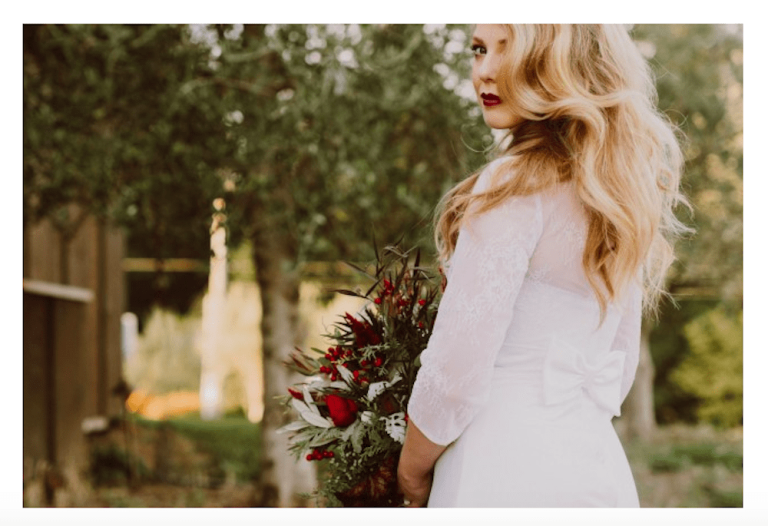Azazie Disrupts Bridal Retail With Crowdsourced Designs

The bridal industry has been a rapidly shifting place of late, because the up-and-coming generation of millennials (presently the most marrying demographic) tend to think about – and shop for – their nuptial experiences a bit differently than their counterparts in previous generations.
Millennials tend to marry later than other generations – at 27 for women and 29 for men – and a larger number of them stay single for most of their adulthood. Engagement rings are an industry that millennials have been accused of killing multiple times – and though that is something of an exaggeration, it is true that millennials tend to spend less on engagement rings than previous generations, are more likely to call them something else (commitment rings seems to be a favorite) and are more likely to look into purchasing a synthetic diamond ring, both to save money and because they’d rather have a lab diamond than a blood diamond.
And changing trends and habits have taken a toll on retailers most traditionally associated with the bridal and wedding niche.
David’s Bridal entered bankruptcy last fall. The chain officially exited bankruptcy protection last week – and did so with a promise of greater selection, lower prices and a whole suite of digital tools, including an online registry, cash and group gifting and the ability to add items from any website as among its big improvements. In short, they are looking to appeal to the modern bride.
Things haven’t quite gotten bad enough to declare bankruptcy at Signet Jewelers, but the parent company of Zales, Jared and Kay reported a much weaker than expected holiday season, and much weaker sales in engagement rings than forecast.
And the problem isn’t that younger consumers aren’t getting married or buying things like engagement rings or wedding dresses. The problem, according to Charles Zhong, CEO and founder of Azazie, is that consumers aren’t being given the opportunity to buy what they actually want in traditional channels, so are decamping to digital channels to find the products they actually want at a price point that is realistic.
Azazie is an eCommerce bridal boutique that combines design with the wisdom of crowds to captures the right lineup of offerings for consumers.
“Today’s customer is very savvy and wants to be heard,” Zhong told Forbes.. “It is time for companies to take note and utilize their biggest resource: their customers.”
The crowdsourced side of Azazie was not part of it original design – but through the process of collecting customer feedback about what exactly brides were looking for, down to the minutest details, it occurred to the up-and-coming, direct-to-consumer bridal brand that instead of trying to tell their customers what they should want, they should just listen to their customers and attempt to deliver the styles they were reporting they needed.
And so every month, the design team rolls out 25-30 styles of bridal and bridal party gowns and posts them online for feedback. Based on what the people choose, three to five designs actually go forward and are available for purchase within three months of that first vote.
As of today, customers can choose from around 100 bridal gowns and about 200 bridal party options in around 60 colors.
“It results in our customers having more of an emotional connection to Azazie, as they feel like they are an extension of our design department,” Zhong said. “And we, in turn, know we are delivering exactly what they want.”
And while the wedding dress is the showstopper, the bridesmaid dresses are the revenue engine –Azazie has seen its bridal party sales expand 15 percent since 2017. The online shop offers bridesmaids a sampling program: For a fee of $10 per gown, the bridal party gowns can be experienced firsthand at home before committing to the purchase. Bridal gowns can also be sampled for $25.
And Zhong believes that keeping costs capped at a reasonable level is crucial, which is why the brand eschews retail stores and their costs. Bridal gowns range from $199-$449 and bridal party dresses from $89-$159, and each dress is cut and tailored to the customers’ measurements, in sizes 0-30, to ensure optimal fit.
“Azazie takes body inclusiveness very seriously,” Zhong noted.